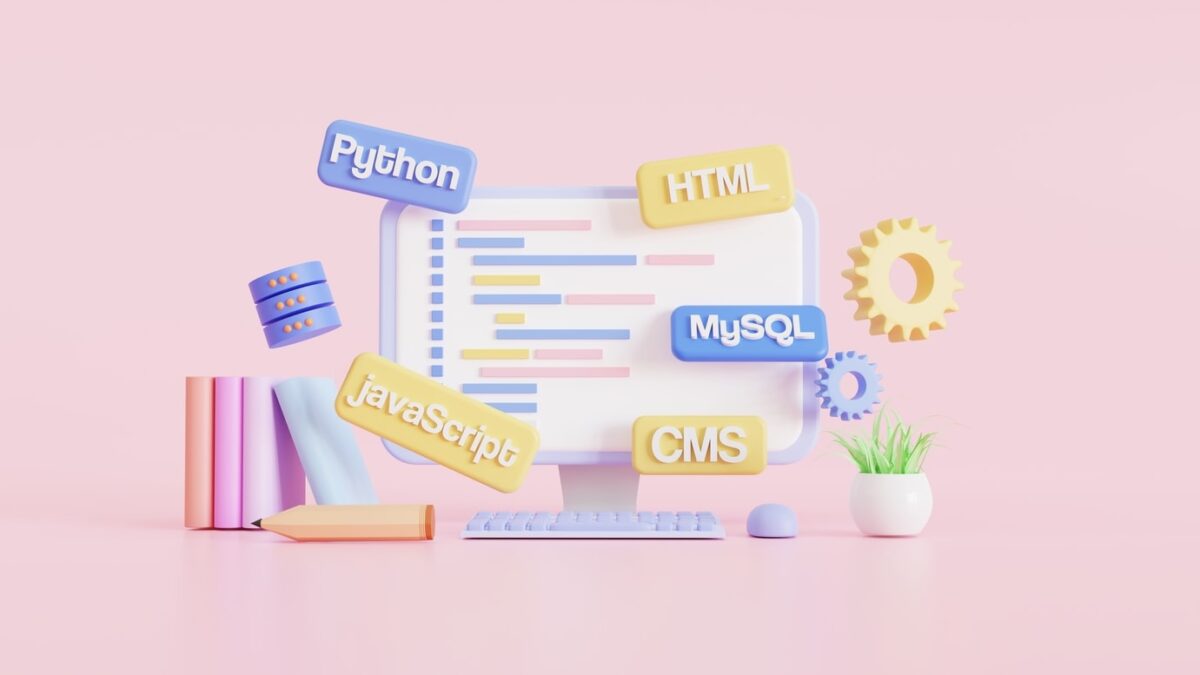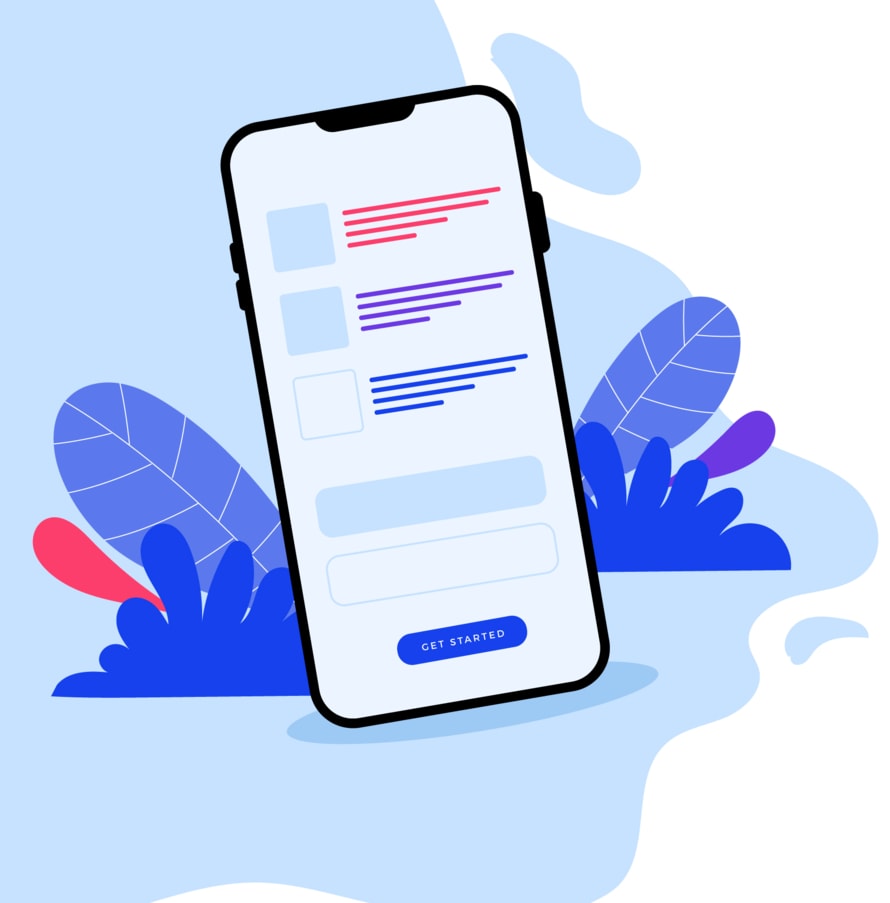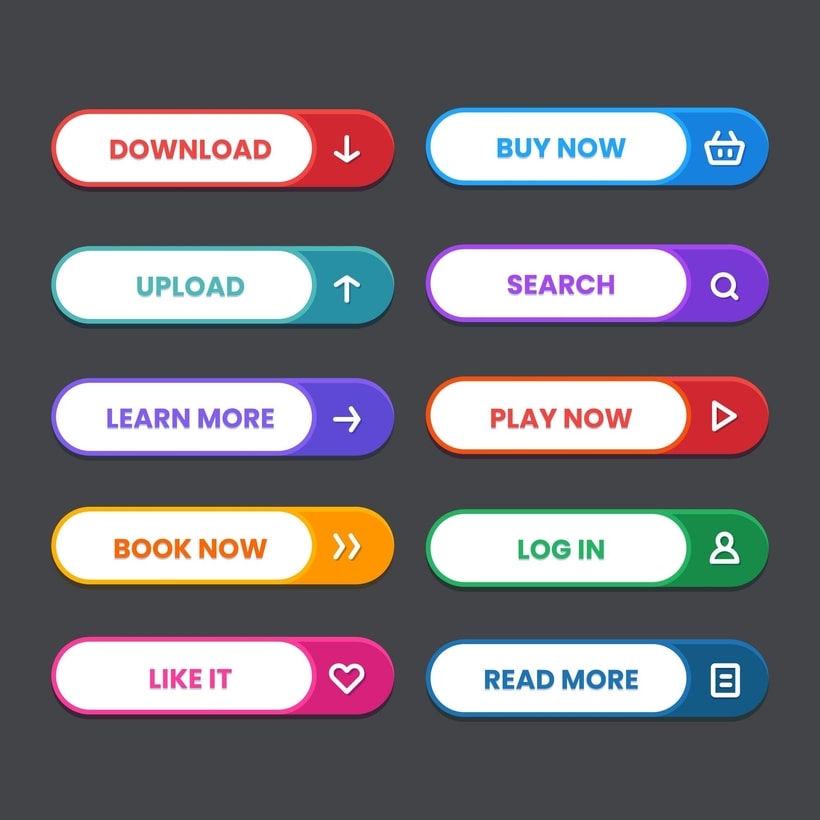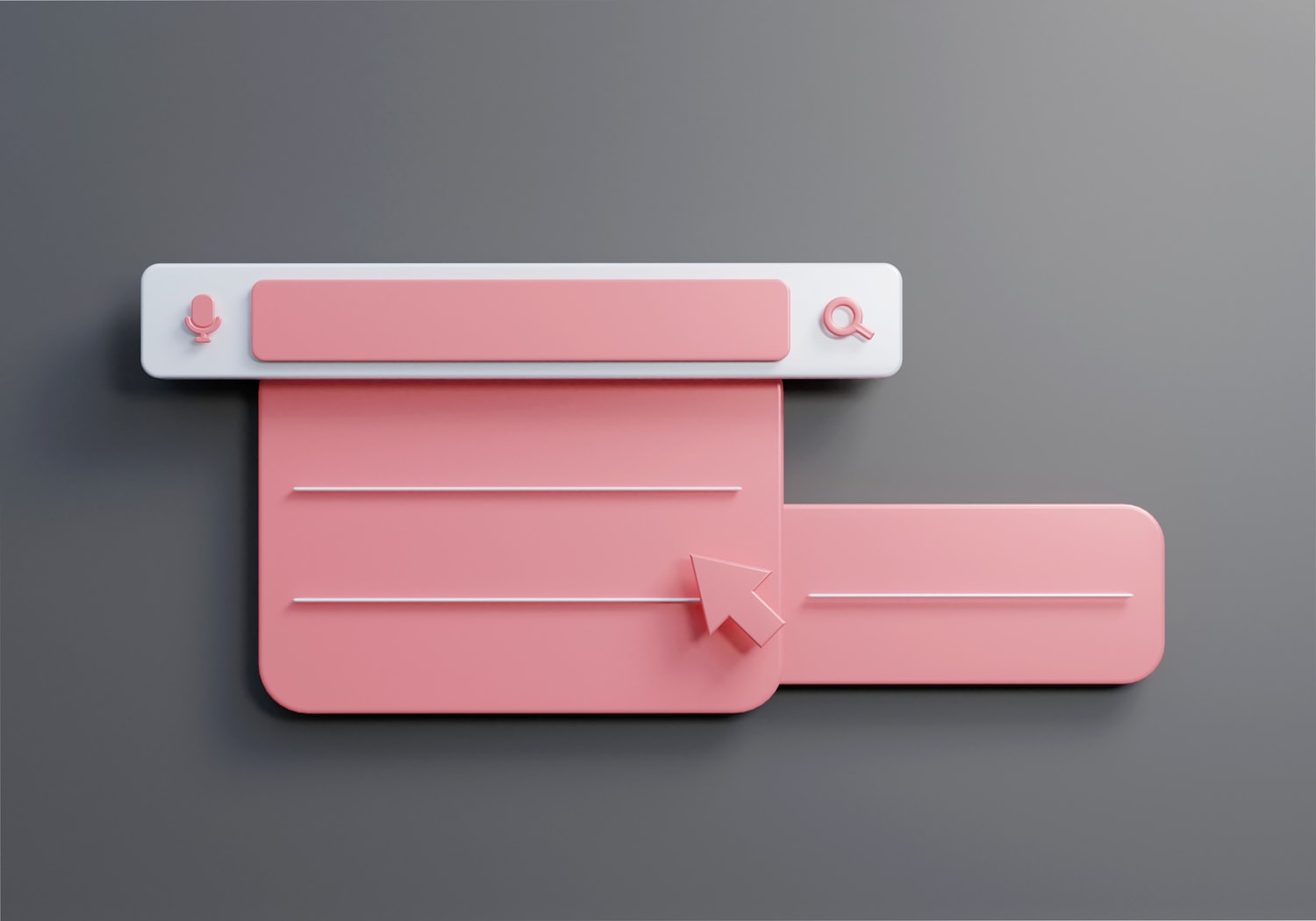Having a responsive and functional website is essential for any brand or business. In the era of the internet, many companies have invested in creating websites. They do this because a website represents your brand on the internet. You can think of it as a sort of digital storefront for yourself. As a result of so much website creation, there is extensive competition for visitors on the internet. It is no longer enough just to have a website. People expect you to have a responsive website that reacts immediately to any actions they take. If not, they will leave immediately for a better one. Therefore, a well-designed website will help you attract more people.
In addition, a responsive website is valuable for getting ranked higher in search engines which can be an incredible source of traffic for your website. More traffic means higher lead conversions. If you are interested in lead generation, consider checking this out. However, web designing is a complicated process, and it can be challenging to understand which aspects to focus on for a responsive website. Not to worry, we have you sorted out. This article will discuss 5 responsive web designing tips to attract more people to your site.
Let’s dive in.
1. Taking A Mobile-First Approach
It is essential to understand that users prefer to browse the internet through their mobile phones instead of desktops and tablets.
According to StatCounter, 58.16% of internet users worldwide used their mobile phones compared to 39.37% of desktop users and 2.47% of tablet users. Not only that, but this number has been steadily increasing in the past decade. This is due to the extensive popularity of the smartphone market. Smartphones will only get cheaper and more accessible as the market grows. This tells you that many users will view your site through their phones instead of desktops or tablets.
In addition, Google announced that it would roll out mobile-first indexing. This means that even search engines focus on if your website is responsive on mobiles. After all, the goal of search engines is to provide their users with results that satisfy them. A website that works well on mobile phones will give them a better experience.
Therefore, it is essential to design your site by prioritizing mobile optimization so your website is responsive on mobile phones.
Want to create a responsive website that effectively works on any device?
Contact Growth Hackers
2. Create a Prototype
Before creating your website, it is helpful to plan out how you want it to look.
You will likely have a vision of how your website will want to look, and it is vital to put it out as a prototype. This will ensure that resources are correctly allocated to your website, ensuring maximum responsiveness. If there are useless or inefficient resources on your website, these can slow down your website.
In addition, this will tell the web designer what exactly they need to do when designing your website, which is where they can recommend improvements that further increase responsiveness. This is a procedure followed in software testing as well, which you can understand here. There are various ways you can create a prototype for your website. Here are some of them:
Presentation Software
Presentation software is a valuable tool for prototyping for those inexperienced with web designing. The features are easy to understand, and wire-framing libraries are available to make a clickable prototype. However, these prototypes are limited in their scope and interactivity.
Coded Prototypes
Another way to make a prototype is through good old-fashioned coding. This method can be tedious and advanced, but it helps create a site version closer to the final form. This can help during the development process.
Prototyping Software
The best option available to you for prototyping is dedicated prototyping software. They are designed specifically for this purpose which means they have the ideal features needed. Additionally, both beginners and veterans can use these, meaning they can benefit from these great features. One example of this software is InVision.
3. Optimize Images on Site
Images are a staple part of any website and will likely have the spotlight on them on yours.
They add value to your content by allowing visitors to understand it through visualization. Additionally, it makes your website pleasing to look at and will enable viewers to connect emotionally with it. Whatever your website’s purpose, you will be extensively using images on your website. As a result, you must optimize images on your site to load smoothly.
Images tend to have a specific size, as you may have likely experienced with the photos on your phone. It takes time for websites to load these images, especially if there are many of them. As a result, this can add a delay when a page is loading. A few seconds of delay may not seem like much, but a study conducted by the Aberdeen Group suggests otherwise. They found that even one second delay in page load time can lead to 11% fewer page views and 7% fewer conversions. Therefore, optimizing images is in your best interest.
You can choose the appropriate format for your images, depending on what image type it is. Some commonly used formats include PNG and JPG. Additionally, you will want to code how the image scales on the screen depending on the used device. In some cases, you will want the image to not appear at all as it makes the site less responsive on a particular website. As a result, optimizing images is vital to a responsive site.
4. Implement Easily Clickable Buttons
Buttons are another crucial part of your site as they allow users to navigate your website and select options.
When designing your website, you will have complete control over how you want buttons to look, their size and where they are placed on the screen. As a result, you will want to pay close attention to these and ensure that they are easily visible and clickable. You will have to check this on all platforms, including mobile phones, desktops, and tablets.
Sometimes, web designers make the mistake of making these buttons small to save space for other elements on the website. But this makes the user experience frustrating for people as they cannot click on buttons even if they mean to. This affects the responsiveness of your website, which can result in them being frustrated. Sometimes they are even unable to find the button due to its small size. Both of these situations prevent them from navigating your website. They are effectively stuck there and cannot proceed if they cannot do so. They will likely abandon your website, which means fewer conversions for you.
Therefore, ensure that buttons on your website are the right size and are colored, so they are easy to make out. In this way, your website will become a lot more responsive.
5. Implement Keyboard Triggers
Websites tend to have forms and other elements which require you to type in certain information.
This can be for many reasons, including creating an account or applying for a newsletter. Typically, whenever you click a form, you will find that there are different results depending on the device you are using. With tablets and mobile phones, the keyboard will pop up, while there is no such thing on the desktop. This is what the purpose of keyboard triggers is. After all, opening up the keyboard manually can add a delay to a user’s experience, which, as previously discussed, can make a lot of difference.
It helps to implement even more accessible keyboard triggers, making your website much more responsive. For example, if a user adds their phone number, the numerical keyboard will automatically pop up. If they are typing in an email, the alphabetical keyboard will pop up with the ‘@’ button and ‘.com’ buttons already available to finish typing quickly. In this way, they can quickly complete any forms they are interested in, which means there is a higher chance for you to make conversions. This also makes the user experience smoother and more responsive, which attracts more people to your site.
Are you ready to implement our responsive web designing tips and attract more customers?
The Bottom Line of Responsive Website Design
Creating a functional and responsive website is crucial for any business or brand to attract people to it. After all, a lot of business continues to be conducted online in this era of the internet. As a business, having a marketing agency to work with can help you obtain results. Here is how to choose the right one for you. A website can be thought of as a company’s digital storefront, which means that it must be responsive and attractive to users. There are various ways you can design your website to be responsive.
Implementing a mobile-first approach ensures that the website is responsive on the most popular internet browsing device. Creating a website allows designers to design a website efficiently with proper resources allocated, which means more responsiveness. Optimized images ensure that they load correctly on the website, ensuring as little delay as possible. Easily clickable buttons improve user experience and allow them to navigate the site after clicking on them. Accessible keyboard triggers ensure that their experience with forms is smoother, making it more attractive to users.
We hope this article proves helpful and allows you to increase traffic to your site. Thank you for reading!
Growth Hackers is an award-winning web design agency helping businesses from all over the world grow. There is no fluff with Growth Hackers. We help entrepreneurs and business owners create a responsive websites to attract more people to their site, generate qualified leads, optimize their conversion rate, gather and analyze data analytics, acquire and retain users, increase their productivity and increase sales. We go further than brand awareness and exposure. We make sure that the strategies we implement move the needle so your business grow, strive and succeed. If you too want your business to reach new heights, contact Growth Hackers today so we can discuss about your brand and create a custom growth plan for you. You’re just one click away to skyrocket your business.







